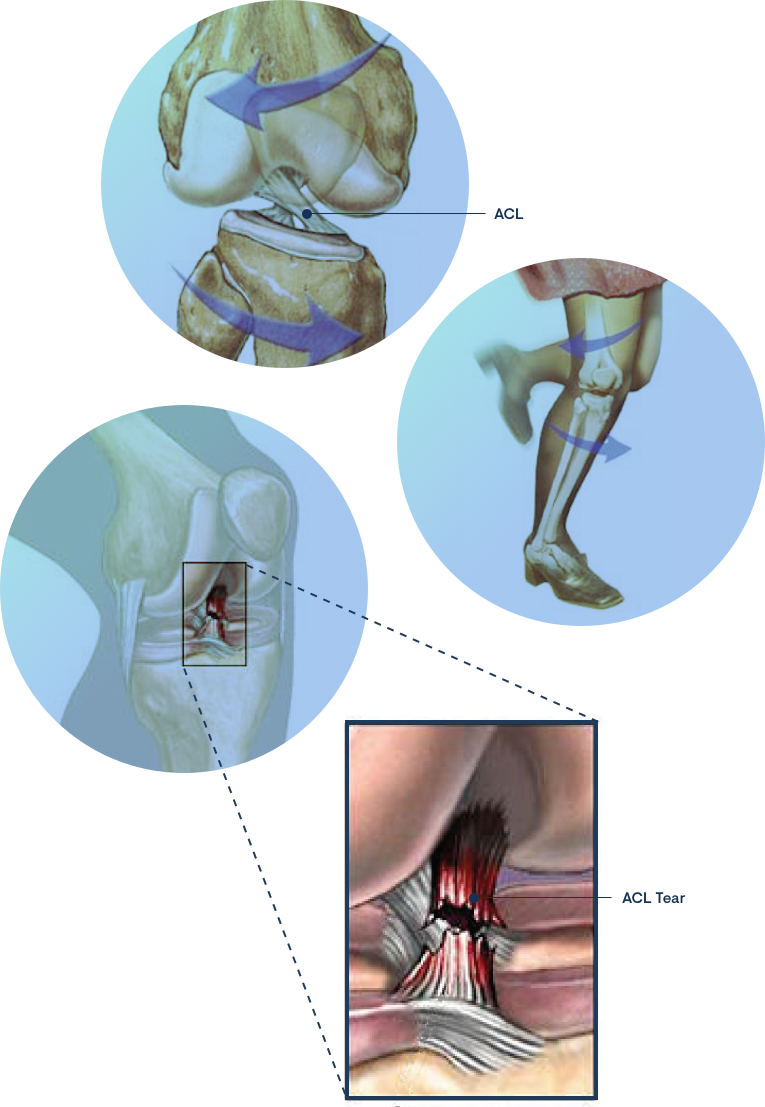
Anterior Cruciate Ligament (ACL) Tear
Cruciate ligament injuries are common in sports where the knees are more exposed to trauma, especially due to torsional stress, which occurs when an athlete attempts to change direction. However, smaller impacts may also cause tears in ligaments weakened by age factors, disease, immobilisation, steroids or vascular insufficiency.
For this reason, not only does a good proprioceptive and muscle strengthening promote a safer sports practice but it may also, in many cases, eliminate instability symptoms associated with these lesions.
For this reason, not only does a good proprioceptive and muscle strengthening promote a safer sports practice but it may also, in many cases, eliminate instability symptoms associated with these lesions.
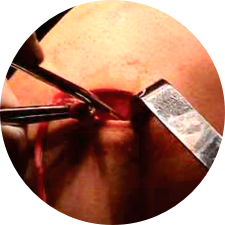
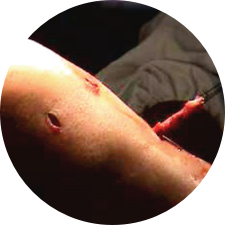
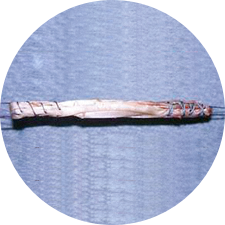
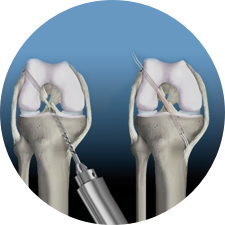
.png)

